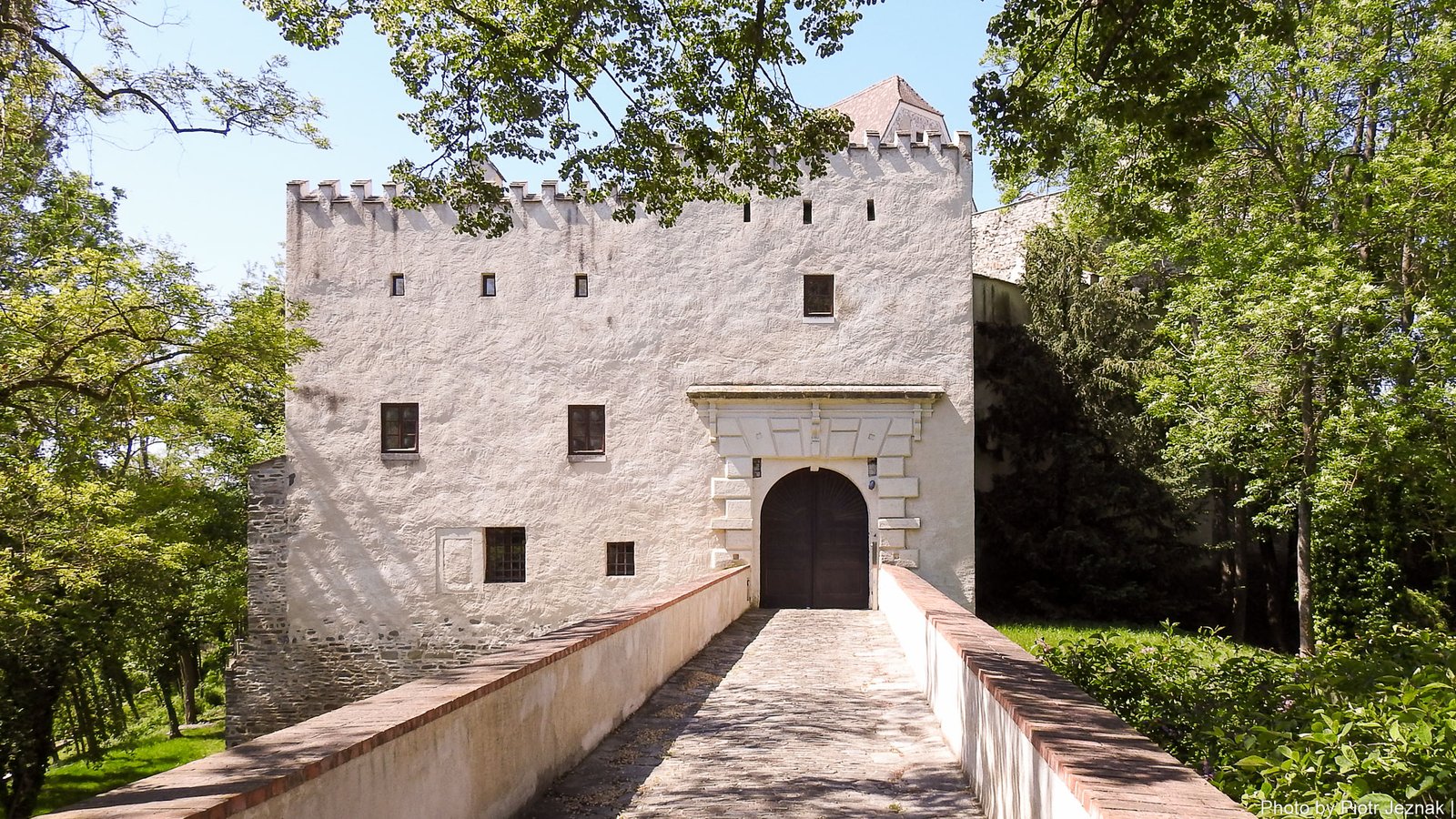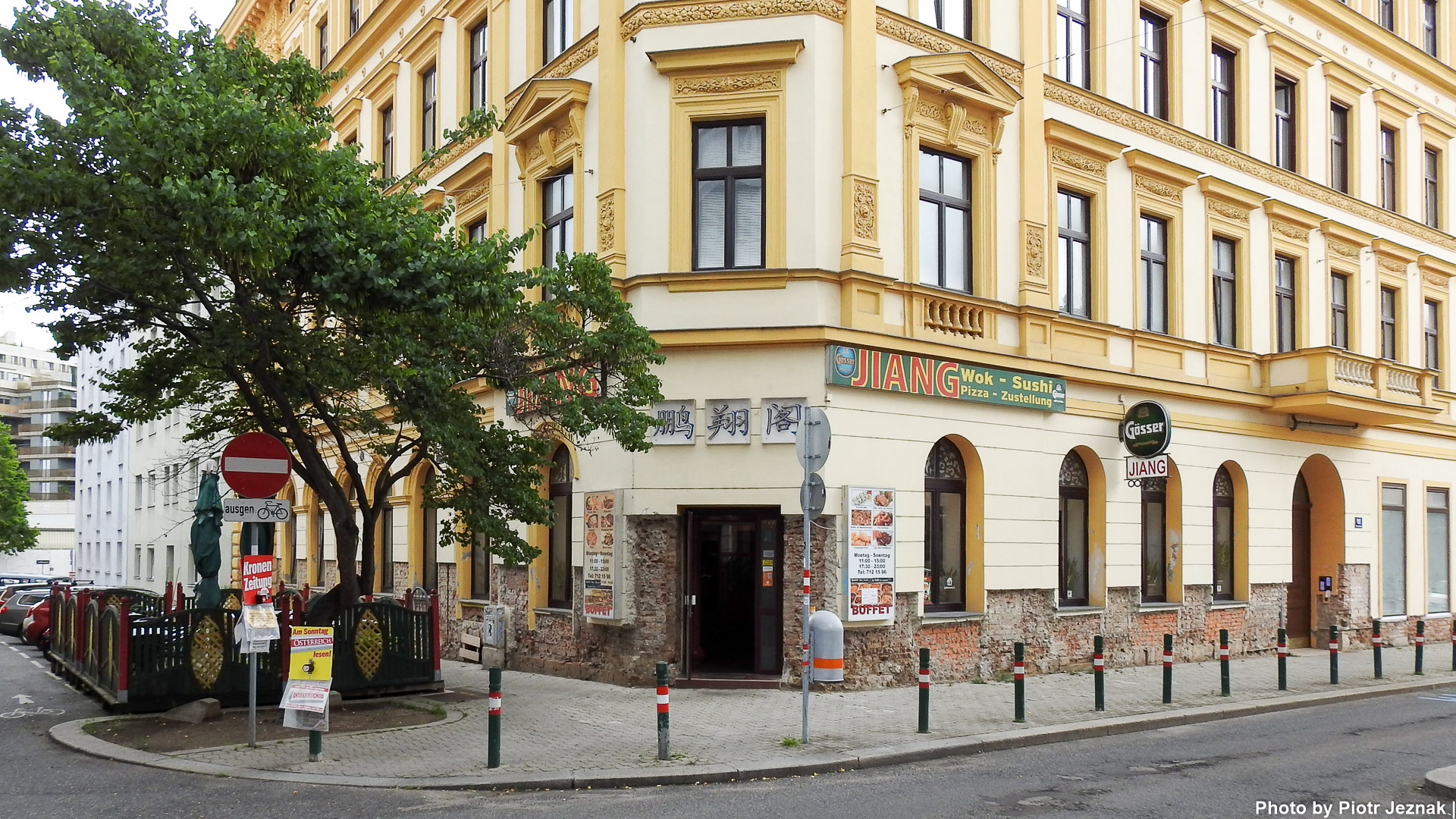Duke of Austria vs. King of England at Acre
The presumed roots of the creation of the red-white-red flag of Austria in the dispute between Leopold V Babenberg and Richard the Lionheart at Acre.
Siege of Acre
The campaign known as the Third Crusade, and calculated to reconquer the Holy Land by the Latins (Catholics of Western Europe, so called by the Orthodox Byzantium), began de facto on April 23, 1189 with the embarkation of the army of the Holy Roman Emperor Frederick I Barbarossa on the Danube in Regensburg [1]. His fleet sailed further to Vienna, which it reached on May 11 (this date is considered the beginning of the Third Crusade). The emperor was received by the Duke of Austria, Leopold V of the Babenberg dynasty, and the crusader army (participants in armed expeditions under the sign of the cross) set up a transit camp near Vienna. The German army then passed through the lands of the Kingdom of Hungary and the Byzantine Empire, reaching the Salef (Göksu) River located in today’s southern Turkey, where it unexpectedly dispersed after the sudden death of the emperor. According to one version, Frederick I Barbarossa, wearing full armor in the scorching summer sun, unexpectedly slipped off his horse, which was standing in a relatively cool river, and fell into it, perhaps choking on the water, in any case suffering a thermal shock and dying there of a heart attack on June 10, 1190. His 100,000-strong army was disorganized, but several thousand soldiers managed to break through to Acre, where from August 1189 the Crusaders of the Kingdom of Jerusalem, supported by troops arriving there from Europe, besieged this important port on the Mediterranean Sea, where the Muslim garrison defended itself.
Loot Split
A similarly large army of about 100,000 men was gathered by kings Philip II Augustus of France and Richard I (Lionheart) of England, who reached the camp at Acre by sea on April 20 and June 8, 1191. After extremely bloody fights, in which the ring of besiegers of the city was even temporarily surrounded by a second one, this time composed of the troops of Sultan Saladin, Acre was conquered on July 12, i.e. after almost two years of struggle. English and French knights emphasized their participation in the division of the spoils, although Italian, Flemish, German and Austrian troops also took part in direct battles – the latter in the form of a contingent led by Leopold V, whose soldiers broke through during the assault on the city walls, where they probably planted the prince’s banner on one of the towers – according to some sources with the symbol of a black panther on a silver background, and according to others, just in the red-white-red form. It seems, however, that such a banner still belonged at that time to the Eppensteiner family, whose estates located in today’s Carinthia and Styria became the property of the Babenbergs only in 1192 (Another version [2] says that this symbol was first used by the Counts of Hohenberg, lords of Wildberg Castle, near Horn in Lower Austria.).
- The main gate of Wildberg (Messern) Castle.
In any case, the act of planting the feudal flag of the Duke of Austria – whether spontaneous or planned – met with a sharp reaction from King Richard the Lionheart’s soldiers (a person of higher rank), who took down this flag and threw it into the moat [3]. Leopold, taking this as an exceptional affront, soon left the camp at Acre and went back to Vienna, insulted, then looking for an opportunity to take revenge on Richard – especially since the latter was supposed to deprive him of his due share of the spoils [4].
Leopold’s tunic
An additional, presumed explanation for the appearance of red-white-red symbolism in the context of Austria is the legend of Leopold’s white tunic (German: Waffenrock, Waffenkleid), i.e. a simple sleeveless robe, worn over the head over armor or chain mail, which during the fight took on the color red due to the blood of the victims, with the exception of the part protected by a wide knight’s belt, where it remained almost white. Such a robe slightly protected the metal parts of the armor from sunlight and additionally allowed for embroidering a coat of arms or other markings on it. The one taken down by Leopold after the battle became a symbol of victory for the Austrian soldiers. Henry VI of Hohenstaufen, the son and imperial successor of the late Frederick I, is said to have later granted Leopold the right to use the new flag in these colors.
The dispute between Leopold V Babenberg and Richard the Lionheart over the privilege of planting the flag on the wall or tower of the conquered Acre, and probably about the division of spoils related to the victory, did not end when the Duke of Austria boarded the ship sailing home. The two characters in the drama were to meet again the following year, although in unusual circumstances.
References
- [↑] Ackerl, Isabella; Kleindel, Walter. Die Chronik Österreichs. Wien: Chronik Verlag im Bertelsmann Lexikon Verlag GmbH, 1994. P. 98.
- [↑] Berr, Otto F.; Hubmann, Franz. Der Fenstergucker. Österreich in Geschichten und Bildern. Wien: Verlag Ueberreuter, 1974. P. 185.
- [↑] Reston, James Jr. Trzecia krucjata. Ryszard Lwie Serce i Saladyn. Kraków: Astra, 2020. P. 239.
- [↑] Siegert, Heinz. Hausbuch der österreichischen Geschichte. Wien: Verlag Kremayr & Scheriau, 1976. P. 37.
The article is a semi-machine translation of the original in Polish.






